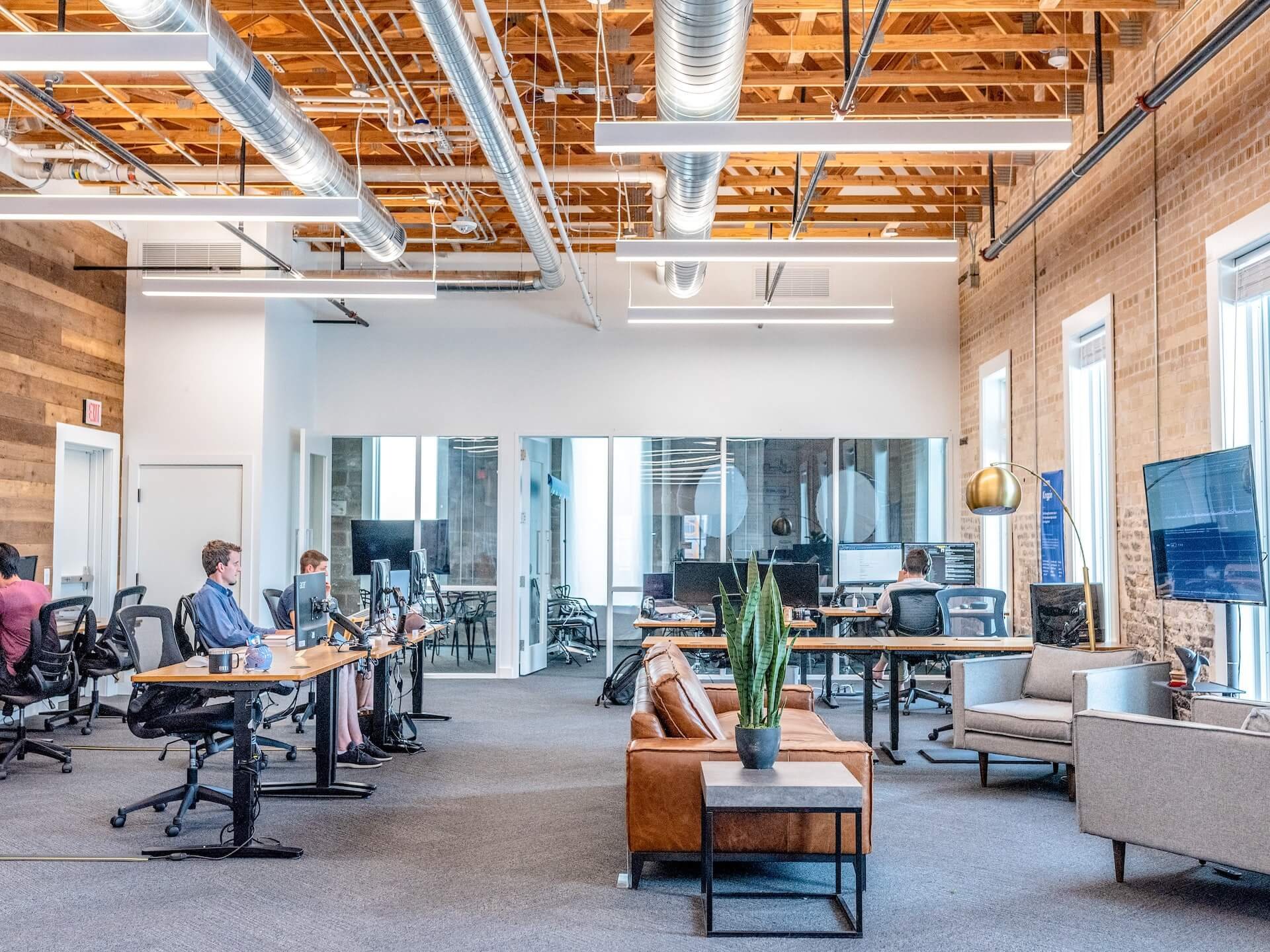
Another important consideration is the resolution of the units. The image quality determines the sharpness of the images recorded by the cameras. Increased image quality units provide clearer footage, which can be crucial for recognizing faces or registration plates. Companies should consider their particular needs when choosing the image quality. For example, a store store may need high-quality cameras to observe customer engagements, while a storage facility might focus on broader monitoring over fine resolution. It is also essential to consider about the storage solutions for the recorded video. Businesses can select between local recording, such as hard drives, or remote storage, which enables for off-site access and simpler management of footage files.
The positioning of the cameras is a further critical consideration. Correct camera positioning can greatly enhance the efficacy of a security solution. Cameras should be located to cover all entry and egress areas, as well as busy zones within the company. It is also important to think about potential areas of vulnerability where criminal actions could occur without detection. A qualified security consultant can help identify the best locations for unit installation to enhance coverage and reduce weaknesses. Additionally, companies should think about the lighting environment in the areas where cameras will be installed. Units with low-light capabilities are essential for observing badly lit areas.
Connectivity and compatibility with additional surveillance systems are also important factors. Many modern surveillance video systems offer features such as off-site viewing browse around this web-site through smartphones or computers, which enables company owners to monitor their premises in actual time. Integration with security alert systems or access control systems can provide a more comprehensive security solution. Businesses should assess their current security measures and consider how a new camera system can complement or boost those measures. This compatibility can lead to a more effective and effective surveillance approach.
Finally, budget factors play a major part in choosing a security video solution. Companies must weigh the need for high-quality equipment with their budgetary limitations. It is essential to research different manufacturers and types to identify a solution that offers the best worth for cost. While it may be tempting to choose the lowest-priced choice, spending in a reliable and durable solution can reduce money in the long by reducing upkeep costs and improving security. By thoughtfully evaluating these factors, companies can choose the ideal security video solution that meets their specific requirements and improves their total security posture.